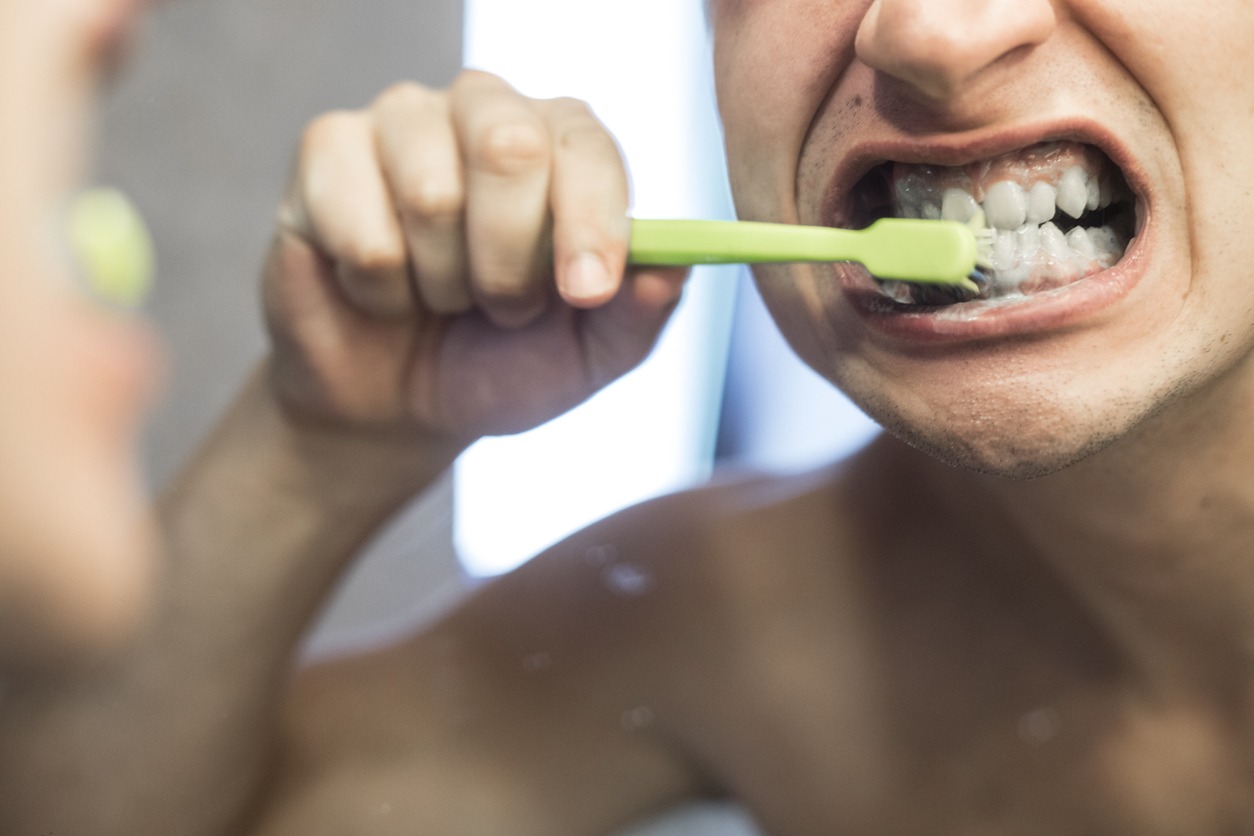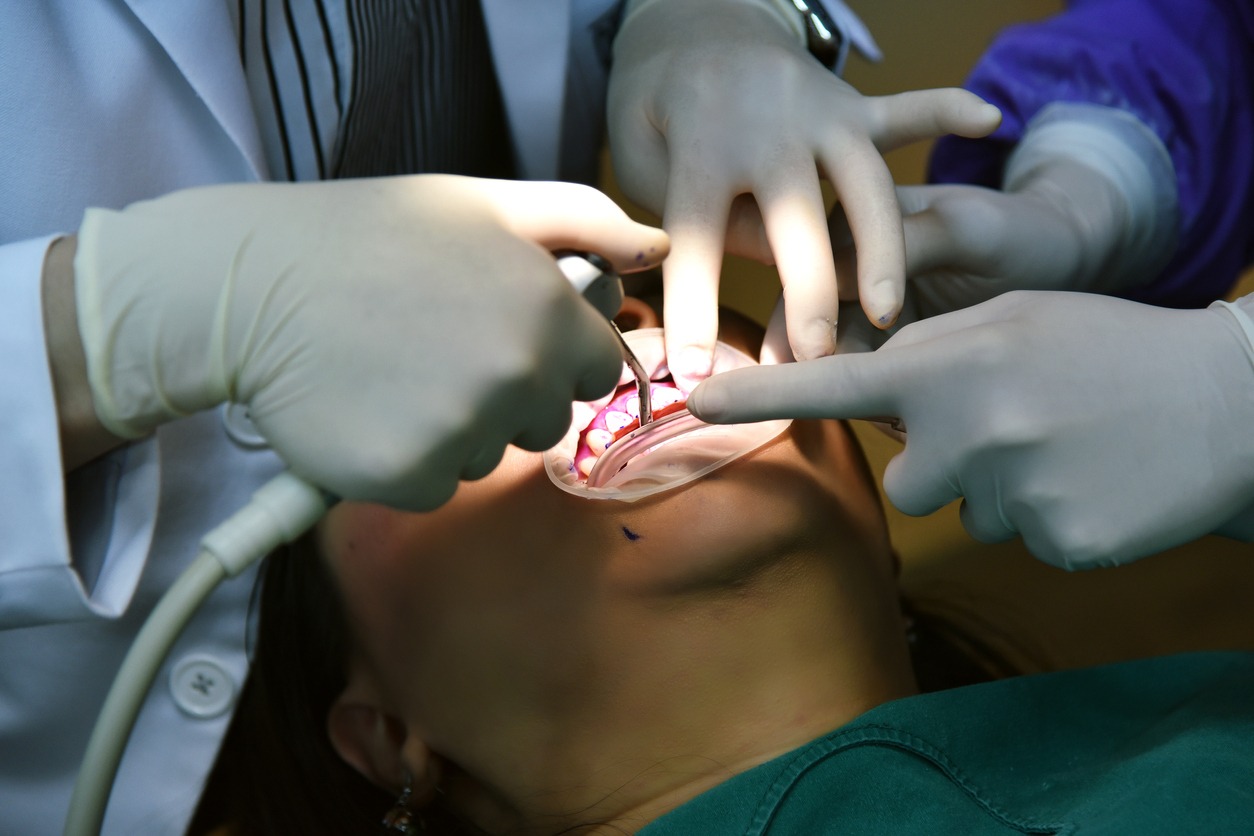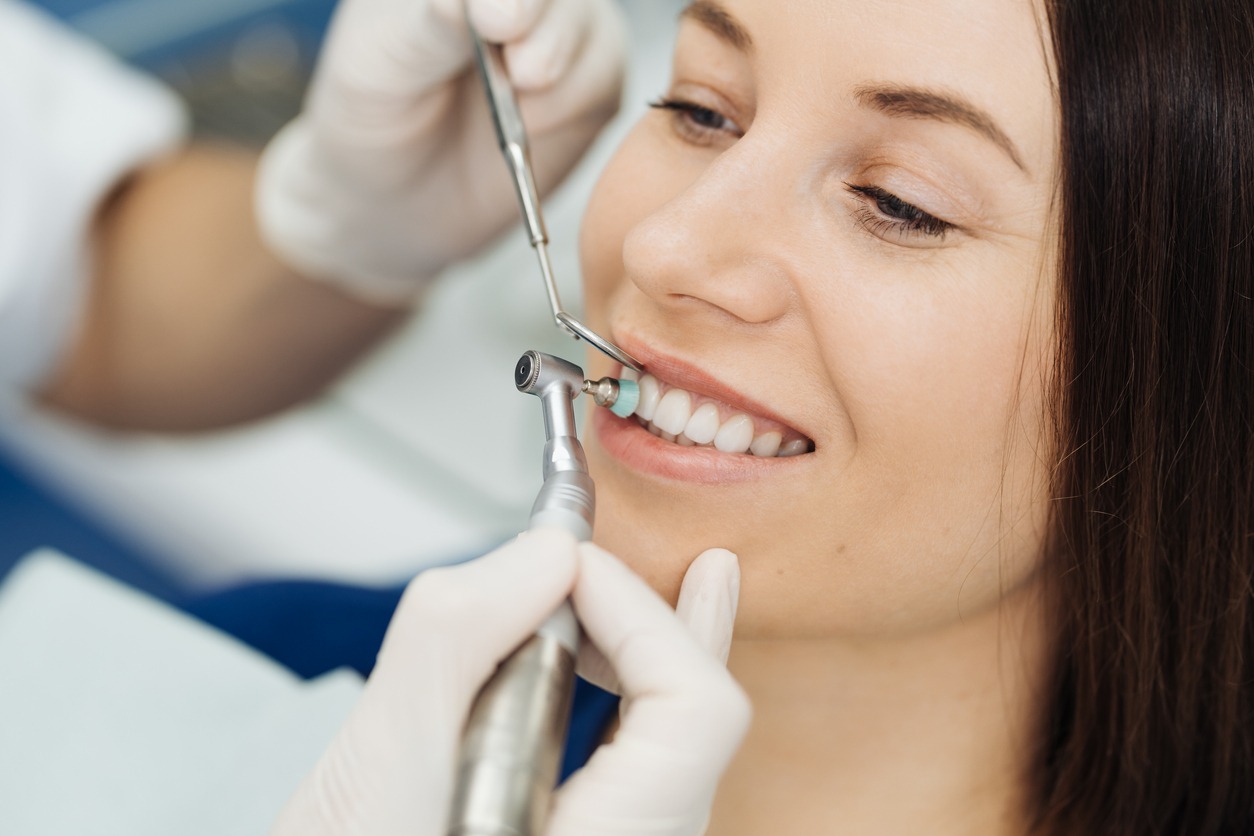Most of the time, your smile is the first thing that people notice, and it is a powerful expression of confidence and well-being. However, behind every bright smile lies a foundation that is just as important as the teeth themselves, which is your gums. Healthy gums give support to your teeth, keeping them firmly in place and protecting the sensitive root structures beneath. But what do you think happens when the gums begin to recede?
Gum recession is among the most common dental issues that can affect anyone, and it is more than just an aesthetic concern. Receding gums may lead to different dental problems, from tooth sensitivity and cavities to the risk of tooth loss. But the good news is that understanding the causes, treatments, and prevention methods can help you maintain healthy gums and a beautiful smile.
In this article, we are going to give you more information about the gum recession. We will explore its underlying causes, the available treatment options, and how you can take proactive steps to prevent it. Whether you are experiencing a gum recession or simply want to protect your oral health, this article will teach you how to keep your gums in good condition. If you are interested, read on and learn more about gum recession, its causes, treatments, and how it is prevented.
Understanding Gum Recession
Before we discuss the causes and treatments for gum recession, let us first understand what exactly it is and the symptoms that an individual with this condition experiences.
Gum recession is a kind of gum disease that occurs when the gum tissue pulls away from the teeth, exposing the roots beneath. This condition can make your teeth more vulnerable to cavities, and they can also become more sensitive when you brush your teeth or when you eat. Gum recession can be minor, moderate, or severe, affecting one or more teeth.
Who Does Gum Recession Affect?
As we’ve mentioned earlier, gum recession can affect anyone. However, it is more common in people over the age of 65. Also, you are more likely to develop this condition if you have or do the following:
- Have periodontal disease
- Use chewing tobacco
- Had braces or other orthodontic treatment
- Aggressive tooth brushing
- Have a lip or tongue piercing
Symptoms of Gum Recession
Tooth exposure is one of the most apparent signs of gum recession. Aside from that, an individual may also experience some of the following symptoms:
- Sensitivity during dental cleanings
- Sensitivity when brushing and flossing teeth
- Hypersensitivity to hot and cold meals and beverages
- Pain or discomfort near the gum line
Untreated gum recession can lead to more serious health problems such as tooth mobility, bone loss, and tooth loss. As a result, if you detect any of the symptoms, make an appointment with your dentist as soon as possible.
Causes of Gum Recession
Oftentimes, poor dental hygiene is the most common cause of gum recession. Another cause can be periodontal disease. However, receding gums may also occur in people with good oral hygiene. Below are some of the most common causes of gum recession:
Hard Brushing
When you brush your teeth too hard to the point that your gums bleed or get injured, this may cause gum recession. Even if you are brushing your teeth for the best intentions to avoid gum problems, brushing your teeth aggressively can make the condition worse and damage your gums more.
Gingival Trauma
Gingival trauma is also referred to as gum tissue trauma. When you injure your gums, it can make the gums recede. This may occur when you brush your teeth hard, get clocked with a punch, play sports without a mouth guard, get into an accident, and more.
Plaque and Tartar
When you do not clean and floss your teeth on a regular basis, tartar or plaque may build up on your teeth. When this happens, it may also lead to gum recession. That is why it is important to find a balance between aggressive brushing and neglecting to brush your teeth.
Periodontal Disease
Gingivitis can progress to periodontitis, which can cause gum recession. Periodontal disease, on the other hand, can be avoided by reversing the progression of your gingivitis or gum disease, which is frequently infected due to poor dental hygiene or hard brushing.
Misaligned Teeth
If you have teeth that are abnormally positioned, like partially erupted molars and wisdom teeth, for example, that can make hard-to-reach bacterial pockets and infections, leading to gum recession. Therefore, it is important to get dental procedures that will help align your teeth.
Chewing or Smoking Tobacco
The use of tobacco, either by chewing or smoking, can lead to gum recession. If you want to have healthy gums for a long time, you should avoid the use of tobacco products.
Tongue and Lip Piercings
When you get your tongue or lip pierced, you are more prone to mouth sores and canker sores. If these wounds are not treated, they can become infected and contribute to gingivitis, periodontal disease, and gum recession.
Hormonal Changes
Female hormone changes, such as adolescence, pregnancy, and menopause, can cause gums to become more sensitive. When these happen, the gums become vulnerable to gum recession.
Gum Recession Treatments
The treatments for gum recession depend mainly on what caused the issue. Mild occurrences of gum recession can be treated via nonsurgical ways with topical antibiotics, orthodontics, or dental bonding. But in most instances, gum recession surgery is required to fully correct the issue.
Nonsurgical Treatments
Below is more information about the nonsurgical treatments for gum recession:
- Topical Antibiotics: If your gum recession is caused by periodontal disease, your dentist will work with you on how to be more effective when it comes to cleaning your teeth. Procedures like scaling and root planning can also be done under local anesthesia in order to remove harmful bacteria that cause gum disease that are deep under the gum line. Periodontists or gum disease specialists may also recommend inserting an antibiotic directly under the gums to help treat gum disease.
- Dental Bonding: Dentists may also camouflage the area of recession using tooth-colored composite resin. This way, your exposed tooth root will be covered, making it less noticeable and your teeth more comfortable.
- Orthodontics: If you have crooked, tipped, or rotated teeth, these may cause gum recession. In these cases, braces could be a good option. Once your teeth are properly aligned, the gum edge may eventually fix itself.
Gum Recession Surgery
Gum graft surgery is the most dependable and long-lasting gum recession treatment method. A periodontist or gum specialist is usually the one who performs this operation. This procedure replaces deficient gum tissue. The graft is often taken from the roof of the mouth, but sometimes, it may come from sterilized human donor tissue.
When the gum graft is in the right spot, the surgeon stitches it into place. There are also various types of gum grafting procedures. Your dentist or surgeon can help you determine which one is the best for your condition. You also do not have to worry, as gum grafting procedures today are minimally invasive.
The recovery time for this type of surgery depends on different factors. Some of these include the number of teeth that were treated, where the gum graft came from, and the type of procedure that was done. People who have gum recession surgery usually recover in around two weeks.
How to Prevent Gum Recession
Gum recession can’t always be prevented, particularly if you are hereditarily inclined to thin gum tissue. But you can reduce your risk of infection-related gum recession through proper teeth and gum care. Below are some of the things that you can do to reduce your risk of experiencing gum recession:
- Brush and floss your teeth every day.
- At least twice a year, or more frequently, if necessary, see your dentist or periodontist.
- Always brush your teeth with a soft-bristled toothbrush, and ask your dentist to show you how.
- If you smoke, try to quit if you want to achieve healthy gums.
- Eat a well-balanced and healthy diet.
- Monitor the changes that may happen in your mouth.
- Use an antimicrobial mouthwash twice a day.
- If you have concerns about your teeth or gums, make sure that you visit your dentist to discuss your worries.
Conclusion
Gum recession is indeed a concern that can affect anyone. But when you are knowledgeable about it, you’ll be able to take proactive steps to prevent it and maintain your oral health for many years. Always remember that your dentist is your partner in oral health. Therefore, you should not hesitate to schedule regular check-ups and seek their advice if you suspect or experience gum recession.
By prioritizing your gum health, you’re not only safeguarding your teeth but also enhancing your overall well-being. A healthy smile boosts confidence, promotes proper nutrition, and can even contribute to better systemic health. So, take the steps needed to protect your gums and preserve your beautiful smile.
We hope this article helped you learn more about gum recession, its causes, treatments, and prevention methods. Also, if you are suffering from teeth sensitivity, you may check out our guide to Choosing the Best Toothpaste for Sensitive Teeth for more information.
Sources:
https://my.clevelandclinic.org/health/diseases/22753-gum-recession
https://www.thantakit.com/causes-prevention-treatment-receding-gums/#Causes-of-Receding-Gums
https://www.medicalnewstoday.com/articles/312992#causes
https://www.webmd.com/oral-health/receding_gums_causes-treatments





